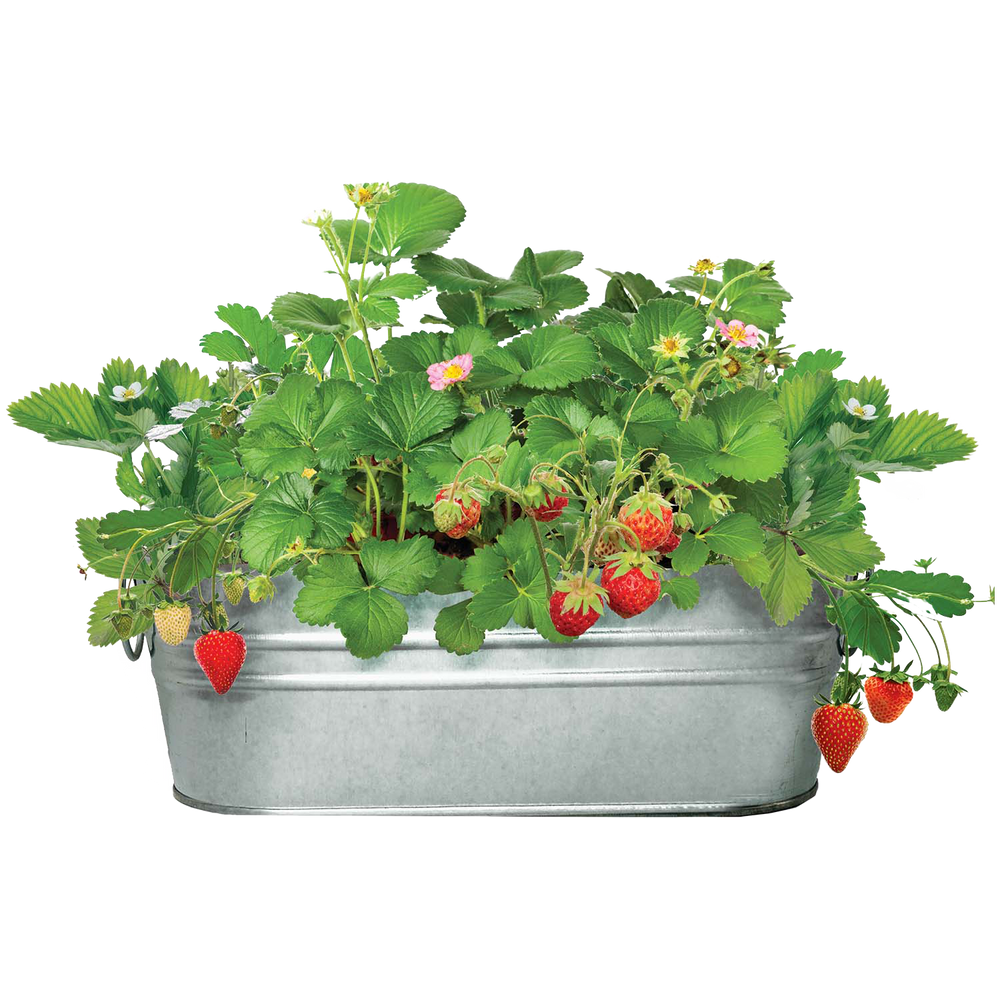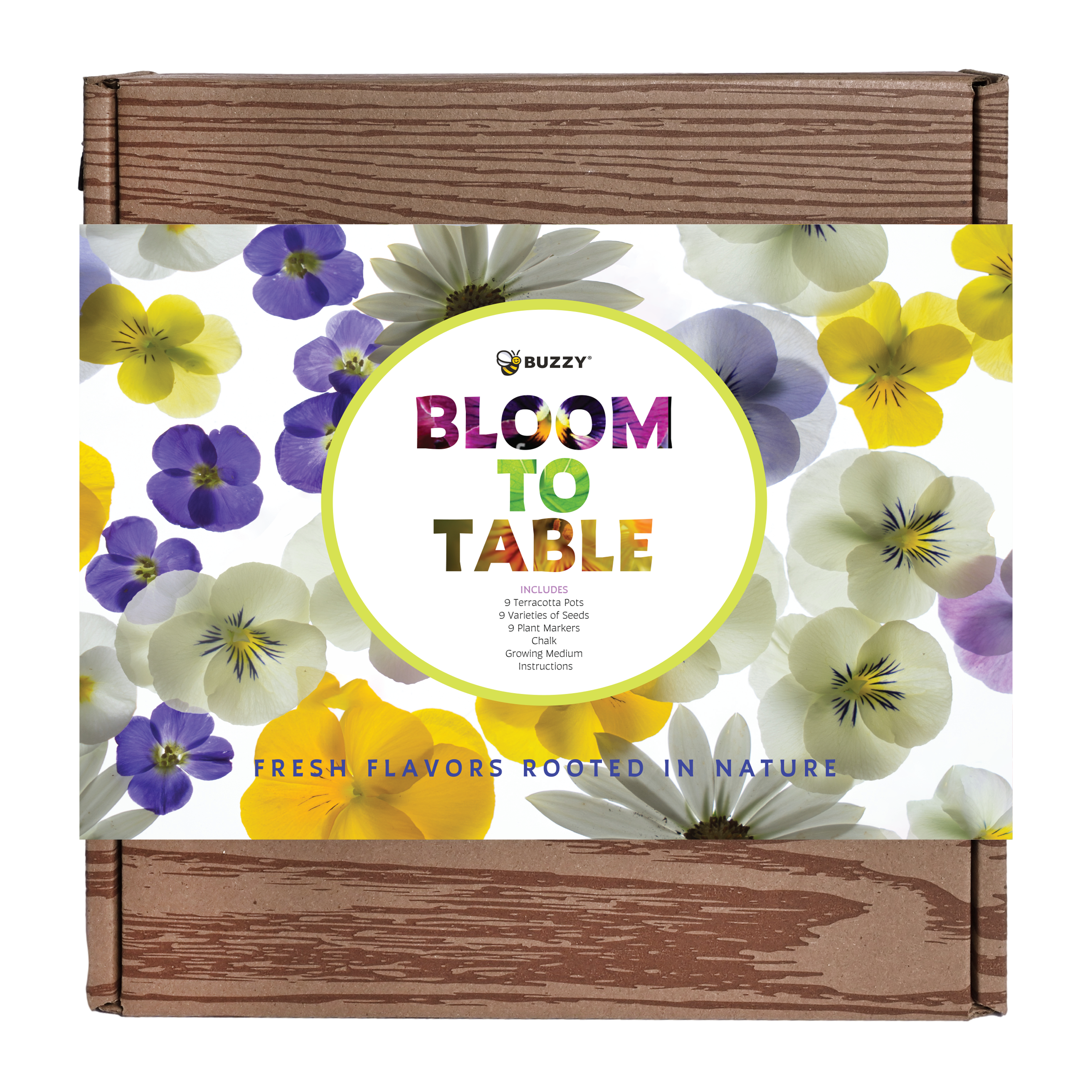How To Maintain Your Bonsai Tree (Spruce / Picea Abies)
Did you know? Bonsai is the Japanese art of growing miniaturized plants in containers. Bonsai trees are ordinary plants that are shaped and trained into a new form by pruning and using wires to train the branches. Bonsai trees are intended to look like miniature versions of natural tree formations, aged and weathered by the elements. Many bonsai tree specimens are decades old – some more than a century!
Buzz Words:
Pruning: the practice involving the selective removal of specific parts of a plant.
Cold-hardy: able to survive the effects of cold weather.
Plant Care Instructions:
Spruce bonsai trees require full sun and do best when grown outdoors. Once seedlings are established and have several sets of needles, gradually increase light until they are in full sun (6-8 hours per day); allow top layer of growing medium to dry out between waterings. During active growing season (spring through fall), water once a month with water soluble plant fertilizer mixed according to package instructions. Continue watering during winter months while plant is in dormancy; discontinue fertilizing until active growth resumes the following spring. Spruce bonsai trees are cold-hardy and can be grown year-round outside in USDA Zones 2-7; however, we recommend bringing your bonsai tree inside an unheated garage or structure if the temperature will be below freezing for an extended period.
How to shape your spruce bonsai tree:
Once your spruce bonsai seedling has reached approximately 2 years of growth, it is time to start the process of pruning and shaping it into a miniature tree. There are two methods of pruning a bonsai tree: structural pruning and maintenance pruning.
Structural pruning:
Structural pruning gives the bonsai tree it's basic shape and involves pruning the roots; it should be performed during the bonsai tree's active growth cycle, which occurs during spring and summer months.
Maintenance pruning:
Maintenance pruning refines the overall shape of the bonsai tree and should be performed during the bonsai tree's active growth cycle, which occurs during spring and summer months.
Shaping:
Spruce branches are very flexible and can be easily bent without breaking. For this reason, spruce trees are best suited for formal upright style bonsai, especially for beginners. If desired, branch and trunk shaping should be done in early spring or late summer, and repeated re-wiring is typically needed to maintain form.







